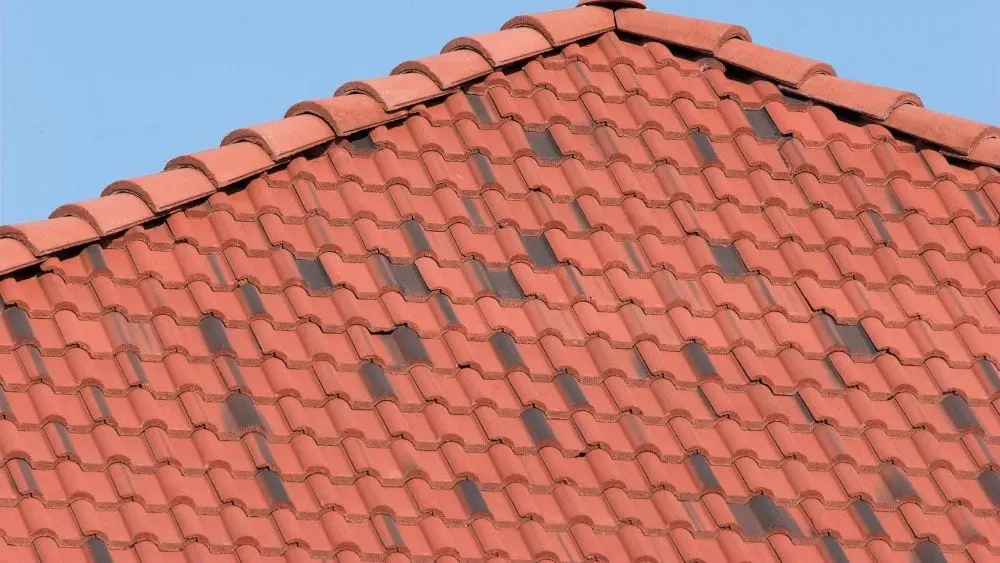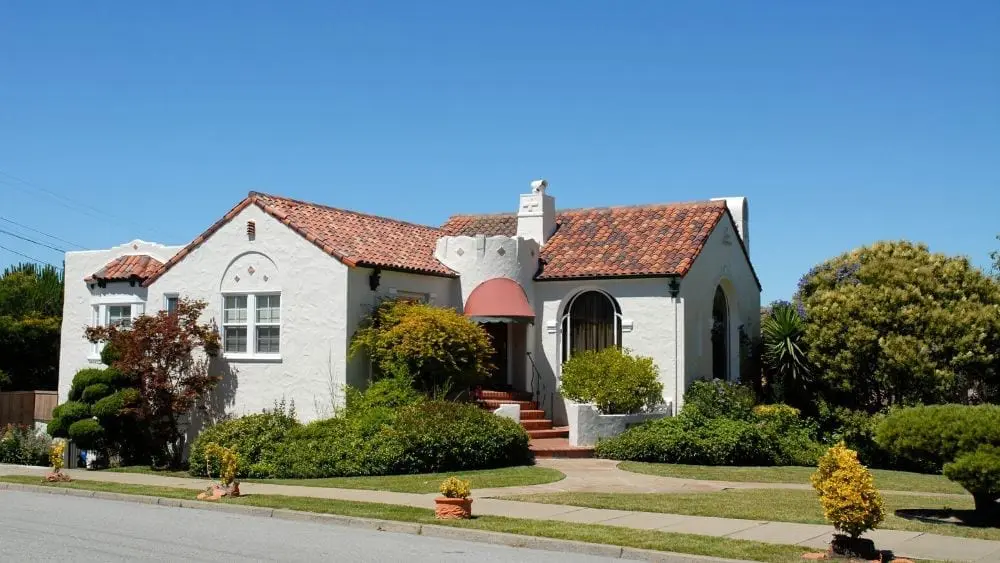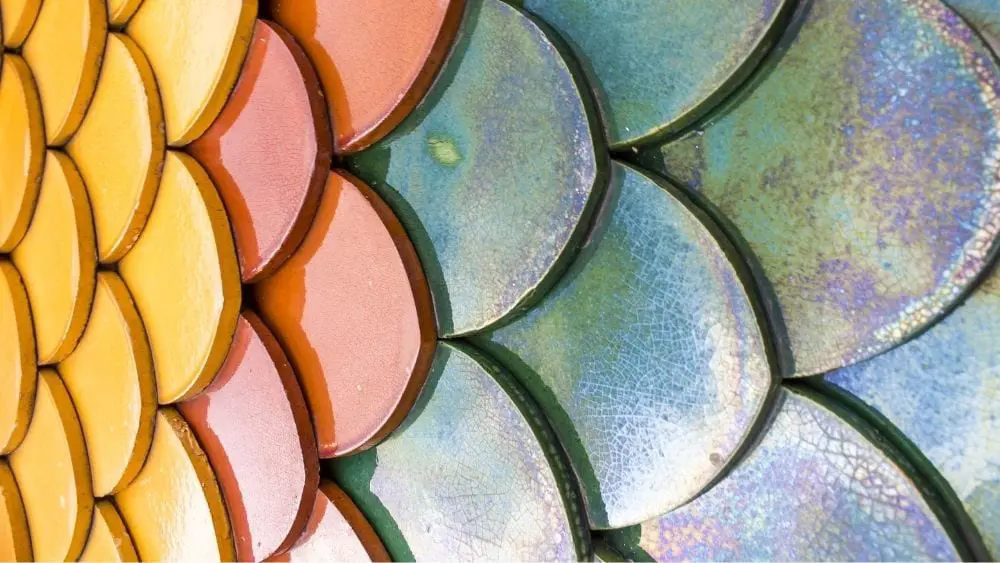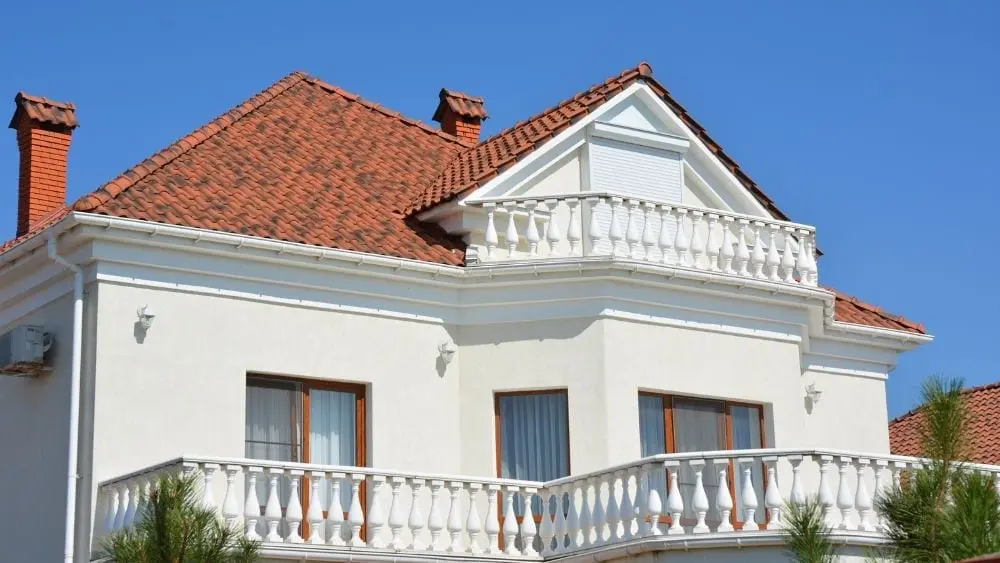
Whether you’re looking for your first home or if you’re a seasoned homeowner interested in renovations, chances are you’re going to spend some time thinking about your roof – and if not, you should! Selecting a roof or renovating your current roof can end in a very costly disaster if you don’t take multiple factors into consideration, including materials. This article will discuss two of the more popular roof materials – concrete and clay – and help you decide if one of these may be right for your home.
Pros and Cons of Concrete and Clay Roofs
One reason concrete and clay roofs are so popular is their durability. These strong materials can withstand a beating from the elements, particularly harsh wind, fire, and hail. This durability lends itself to its longevity, which is another attractive aspect of these materials. Clay and concrete slates can stand the test of time, with some roofs lasting more than 50 years! There are different benefits between the materials, too. Clay tiles are less porous than concrete tiles, so they’ll hold up better under super rainy conditions than concrete. On the other hand, clay tiles are more expensive than concrete tiles, so homeowners looking to save money may opt for concrete instead.
Like other materials, clay and concrete roofs have their drawbacks. The most noticeable downsides are their weight, both physically and financially. Concrete and clay are some of the heaviest roof materials you could choose, and not all houses can support their weight. These materials are also among the priciest, as discussed below. In addition to the higher upfront cost, homeowners can expect to pay a hefty fee for any roof repairs; the precision and weight of these materials require a professional to navigate without causing further damage. For those who opt for concrete, homeowners may find that their roof changes color over the years due to the tiles’ tendency to fade in the sun.
Average Cost

As mentioned, concrete and clay materials don’t run cheap. If you choose standard flat tiles, prices can range $300-$500 per square for flat. One of the most popular styles is the Spanish Tile, which features wavy tiles that have an S shape. Spanish Tiles certainly give a roof more movement and flair than flat ones, but Spanish Tiles also typically double your cost.
Like concrete, clay tiles vary in price depending on the style. Standard clay roofs typically cost $700 – $1,000 per square, which is twice the cost of standard concrete tiles. It’s not unheard of for fancier clay tile design prices to range from $1,500 – $2,000 per square, so make sure you budget accordingly.
Climate

There’s a reason that clay and concrete roofs are synonymous with the South and Southwest! Clay and concrete hold up best in warmer climates; they can withstand the scorching desert heat, and they serve as a better defense against fire during those dry summers. The materials can even aid in regulating your house temperature! Instead of absorbing heat from light sources, clay and concrete emit the heat back into the atmosphere, keeping your house cooler. Selecting a pale color tile will further help regulate your house temperature, as pale colors reflect solar heat rather than absorb it.
While they are strong, concrete and clay are vulnerable to colder climates; rapid freezing and melting can cause tiles to become brittle and cracked. Those who reside in cooler climates and desperately want a concrete or clay roof aren’t completely out of luck. There are concrete or clay blends that take into account a freeze/thaw cycle.
Color Availability

Just like their climates, clay roof colors tend to exude warmth. Terracotta is the most common clay tile color, but you can select from a variety of warm colors, often including yellow, orange, and brown. Much like their natural mineral composition, clay tiles embrace earthy tones and aesthetics.
Popular colors for concrete tiles include different shades of grey and brown, both warm and cool in tone. Many roofers will offer brighter colors as well, such as reds and oranges.
Home Styles

Depending on how they’re built, concrete and clay roofs evoke a rustic, Southwestern feel or a sleek modern look. Wavy clay and concrete tiles are ideal matches for Spanish Colonial and Mediterranean home styles, which, as the names suggest, are designs based on the countries of origin. You can expect these houses to have arches, colonnades, and ornate exterior decorations. Contemporary home designers may utilize flat concrete to give their houses a futuristic look. Clay and concrete remain popular roof styles due to their strength, durability, and classic rustic look. Classic wavy tiles and earth tones can offer a mellow, warm look to your house. Not every home and budget will be suited for these materials, of course, but for those who do, they can count on a sturdy roof that will protect them from the elements for their lifetime.

Sarah graduated from Trinity University in 2012 with a degree in International Relations and Political Science. She writes blogs on new homes, decor, communities, and more for NewHomeSource. When she’s not writing, you can find her spending time with her three cats.
 Cost-Determining Factors of a Home Foundation
Cost-Determining Factors of a Home Foundation